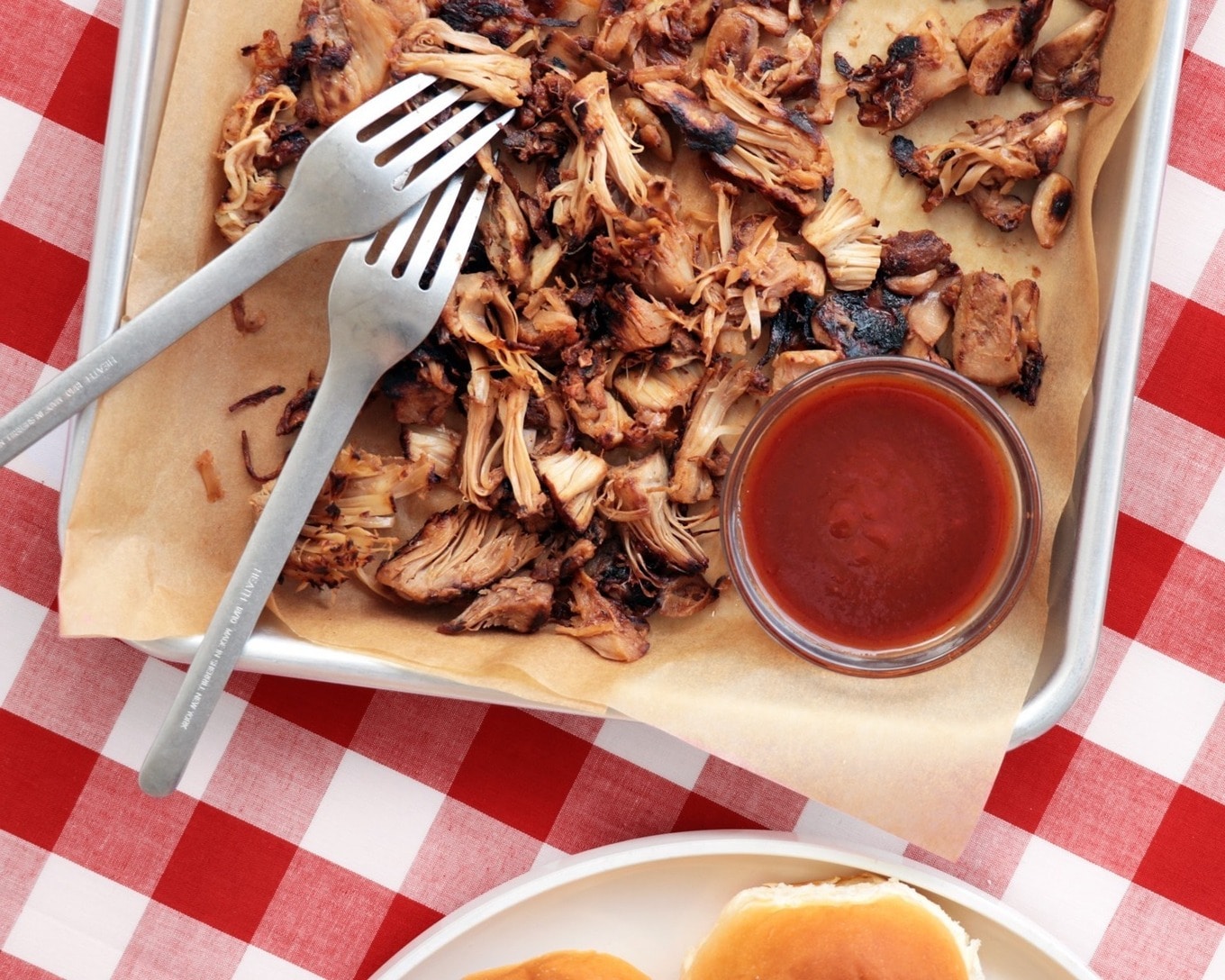Why aren’t more people talking about gut health? Let’s be honest, a sour stomach can put a damper on anyone’s day. Occasional bloat is one thing, but—just like meat-eaters—some vegans still experience distressing stomach issues including bloating, stomach pains, and general digestive distress.
If you can relate, an elimination diet, which involves removing foods from your diet to figure out if an intolerance is causing your symptoms, might be something to consider. Here, we take a closer look at what an elimination diet is and how to follow it safely.
But, before we start, here’s one important note: for any concerning, ongoing symptoms, you should always visit a medical professional to rule out any chance of underlying health problems.
What is an elimination diet?
An elimination diet is a short-term way of eating that removes all potential food intolerances from your diet. These foods are then introduced back into your diet one by one to pinpoint the specific foods you may or may not be able to tolerate.
“It is a brief dietary intervention aimed at isolating certain foods or food groups,” health research consultant Kelsey Costa, MS, RDN tells VegNews. “Doing so can reveal potential food intolerances and sensitivities while averting any unwanted symptoms.”
 Pexels
Pexels
What foods should I avoid on the elimination diet?
Fortunately for vegans, many of the avoidance foods on the elimination diet are animal-based, so we’ve already got a head start.
Vegan foods to cut out during the first few weeks of the diet include gluten, nightshades (potatoes, tomatoes, and eggplants), citrus fruits, all soy products, beans, nut, seeds, corn, processed fats (such as vegan margarine and hydrogenated oils), alcohol, caffeine, cauliflower, and all sweeteners (including maple syrup, artificial sweeteners, and sugar).
“Foods that are eliminated from the diet are generally replaced with fresh, whole foods, such as vegetables, fruits, legumes, and gluten-free grains,” explains Costa. “Those following a plant-based diet will have typically already removed animal products from their diet, so the focus of an elimination diet for those following a plant-based lifestyle would be on removing the other potential food allergens and intolerances.”
“Plant-based eaters who eliminate all animal products must ensure they consume adequate protein, fiber-rich foods, essential fatty acids, vitamins B12 and D, minerals, and other vital micronutrients,” she adds and notes that additional supplements in the form of vitamins may be helpful during this time.
How long is the elimination diet?
The length of an elimination diet varies from person to person, as everyone’s individual needs and bodies are different. But, according to Costa, generally, most people will follow the diet for between four to eight weeks. Due to its restrictive nature, the diet should not be followed for extended periods of time, and it’s recommended to always do so with the guidance of a qualified medical professional.
“An elimination diet is a specialized approach,” explains Costa. “It’s not recommended as a blanket dietary strategy.” She adds, “A personalized dietary plan catering to your specific needs can be designed with the help of your healthcare provider. The plan will prioritize eliminating certain foods according to your health goals to ensure a nutritionally balanced diet that avoids nutrient deficiencies.”
 Pexels
Pexels
She also advises keeping a detailed food journal during the time you spend on the diet, so you can keep a note of all foods and drinks consumed as well as any symptoms experienced to try and find a link.
“It is important to slowly and attentively reintroduce foods after eliminating them to monitor symptoms. Identifying trigger foods will help you confidently make informed dietary decisions, leading to sustained health and well-being,” she notes.
What can I eat on the elimination diet?
If you’re scrambling trying to think of something you can eat for the duration of the elimination diet, don’t worry—you won’t starve. As mentioned above, working through a plan with a qualified medical professional will ensure you’re getting all the nutrients you need.
But as a starting point, here is some advice from us: herbal teas and your favorite kombucha (as long as it’s not the high-alcohol variety) are fair game. For breakfast, try unsweetened coconut yogurt with blueberries, a green fruit smoothie made with rice protein powder, or a savory veggie scramble with avocado.
 The Jackfruit Co.
The Jackfruit Co.
Later in the day, salads are safe (just skip the tofu or tempeh topper), as are many soups; baked sweet potatoes with quinoa and steamed dark leafy greens are all good to go; some vegan sushi (without tofu or soy sauce) is acceptable; jackfruit curry is totally fine; sauerkraut and kimchi will be your new BFFs; rice is nice; and banana dusted in cacao powder for dessert is about to become your new go-to.
Try to get creative instead of focusing on the foods you can’t have. Write down what you typically eat, then find a gut-friendly substitute for it.
Can I exercise on the elimination diet?
Yes. The elimination diet is not a calorically restrictive diet—you should be fueled properly enough to go about your daily activities including exercise. However, certain foods you are used to eating may be on the avoidance list, so it may be necessary to pay a bit more attention to your protein intake. The recommended baseline is 0.36 grams of protein per pound of body weight.
What should I expect to feel on the elimination diet?
If your symptoms are being caused by food intolerance, you should experience gastrointestinal relief a few days into the diet. Some people may go through a withdrawal-like state within the first few days; feeling tired, moody, or bloated are signs of this reaction. But your body should adapt within the week. Again, if you are concerned, it’s important to consult with a medical professional to figure out whether your symptoms are anything to be concerned about.
Many who have successfully completed the elimination process claim to feel lighter, more energized, and far more regular.
 People Images/Getty
People Images/Getty
But remember, the key to health is variety, and while our stomachs may tell us to avoid certain foods, the sheer amount of edible plants makes it possible for everyone to enjoy an exciting, satisfying, and healthy abundance of foods.
Disclaimer: This article is for informational purposes only. It is not intended to be a substitute for professional medical advice, diagnosis, or treatment. Always seek the advice of your physician or other qualified health provider with any questions you may have regarding a medical condition.
For more on vegan diets, read:
JUMP TO ... Latest News | Recipes | Guides | Health | Shop








